Washing and sorting
To go directly to a year without scrolling click on the years below.
2009
In 2009 we decided to exchange the washer and destoner for a new machine. We therefore took the (old) machine out of the shed for cleaning.
Then they were put on the low-loader on the way to the new owner.
The place where the machines were set up was also thoroughly cleaned and the conveyor belts that had to be adjusted were adjusted.
The new machine arrived in parts because it was much larger than the old machine. First came the chassis, which contains more than 60 cubic meters of water in operation.
The second load consisted of the 2.5 meter diameter drum and all other components such as drum bearings and bar belts.
The machine was first assembled before it could be put in the right place. Assembling the machine took about 2 days. Placing a hookup all week.
The new setup consists of a machine where everything is built in. In the 3D drawing below you can see the components of the machine in different colors. The destoner is red, the washing drum is yellow, the spin-off belt is green and the floating separator is blue.
To test the machine, we had cleared a lot of clods and immediately washed and delivered it by the new machine. In the photos below you can see the product upon arrival.
After this test we adjusted the machine even better and we washed all our potatoes
In the film below you can follow the washing process from the storage shed to the truck.
Then they were put on the low-loader on the way to the new owner.
The place where the machines were set up was also thoroughly cleaned and the conveyor belts that had to be adjusted were adjusted.
The new machine arrived in parts because it was much larger than the old machine. First came the chassis, which contains more than 60 cubic meters of water in operation.
The second load consisted of the 2.5 meter diameter drum and all other components such as drum bearings and bar belts.
The machine was first assembled before it could be put in the right place. Assembling the machine took about 2 days. Placing a hookup all week.
The new setup consists of a machine where everything is built in. In the 3D drawing below you can see the components of the machine in different colors. The destoner is red, the washing drum is yellow, the spin-off belt is green and the floating separator is blue.
To test the machine, we had cleared a lot of clods and immediately washed and delivered it by the new machine. In the photos below you can see the product upon arrival.
After this test we adjusted the machine even better and we washed all our potatoes
In the film below you can follow the washing process from the storage shed to the truck.
2008
At the beginning of January 2008 it was finally time. The installation was completed and we were able to start washing and sorting our own potatoes. The potatoes are scooped out of storage using the Manitou telehandler and tipped into the cistern. Here most adhering soil is removed using Ellipse rollers in the cistern. The potatoes are then transported to the sorting shop with the store filler.
The second soil cleaning then takes place with smooth steel rollers, which distribute the potatoes on a wide hedgehog mat (2 meters) that removes all the foliage. After this, the potatoes are transported to the two sorting machines where the flow is split. The second soil cleaning then takes place with smooth steel rollers, which distribute the potatoes over a wide hedgehog mat (2 meters) that removes all the foliage. After this, the potatoes are transported to the two sorting machines where the flow is split.
The two sorting machines sort the potatoes into four sizes, three of which are stored directly in the concrete bunkers. The size to be delivered is transported to the washing machine. Here the stones are first removed, then they are tumbled and finally dried with a cloth dryer.
After drying, the potatoes are transported to the loading belts, where the trailers of the trucks are automatically filled. The total capacity is around 140 tons per hour of input. These are sorted, after which about 90 tons per hour are washed and dried.
In the video below you can view the complete operation again.
From 2000 we used the same installation, only the cistern was used as a pre-sorter. In this way we were able to increase the capacity to approximately 60 tons per hour. The top size was bypassed via the Miedema store loader, so that only the bottom sizes had to be placed on the sorter.
After the fire in the new warehouse, we decided to build a new sorting house in the barn to be renovated. After all, we now had the opportunity to integrate the sorting plant into the new truss construction. We decided to abandon the steel bunkers and opt for larger concrete bunkers that can be emptied with the Manitou.
The two Campfens sorters are placed on top of these 5 concrete bunkers. We have placed this in collaboration with fellow farmers with four telehandlers.
We have also made a connecting bridge between the new and the old repositories. A conveyor belt runs over this bridge that takes the potatoes to the sorting shop.
We also decided to purchase a washer, which consists of a double destoning machine with a washing drum immediately afterwards. In the 3D drawing below you can see the destoner and the scrubber as they were placed by us by Tummers.
Apart from the two sorting machines from Campfens, the complete installations were carried out by D.T. Dijkstra built in collaboration with Tolsma and van den Borne Michelbrink for the electricity connection. In the photos below you can see the installation under construction.
1994
In 1994 we bought the old bunkers from the Farm fries factory in Lommel and built the Bijlsma sorter in a permanent setup with five bunkers of 60 tons each. We turned around a capacity of 50 tons per hour and sorted in three sizes.
History
Our company has been sorting since 1989. In this way we were able to deliver emergency freights for Farm Frites that can be processed immediately. We started with a 30 ton Bijlsma Hercules sorting machine with three screen decks. First in a loose setup using duo belts.



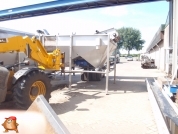
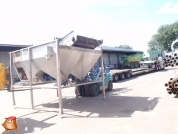
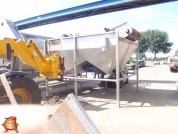
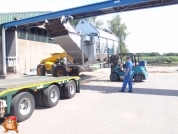
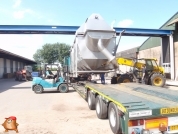
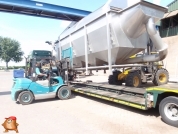
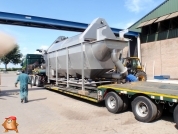
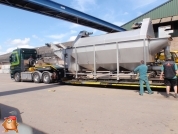
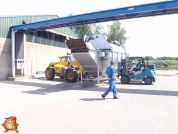
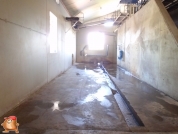
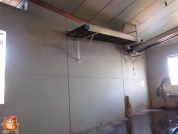
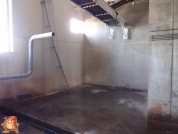
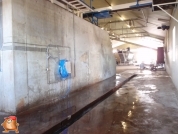
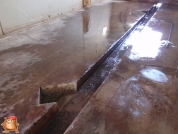
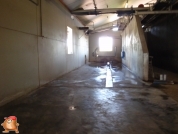
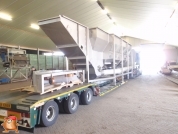
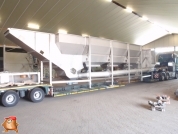
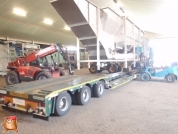
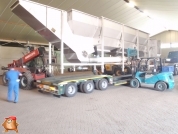
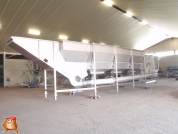
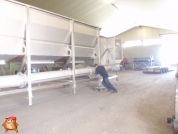
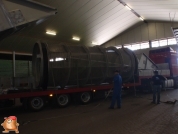
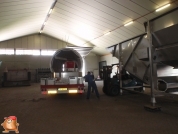
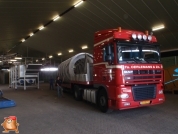
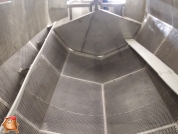
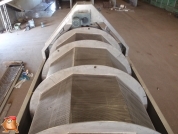
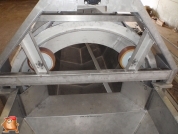
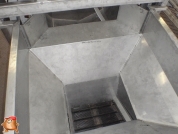
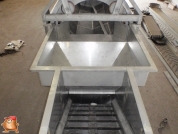
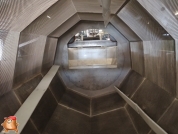
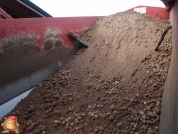
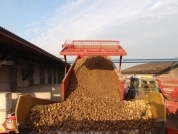
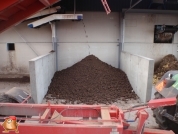
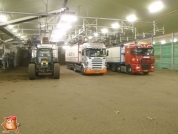
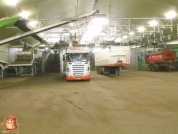
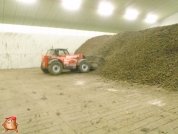
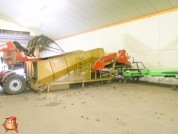
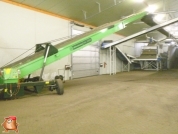
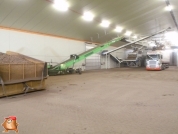
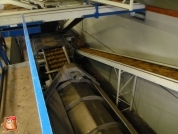
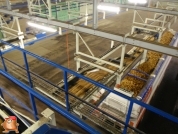
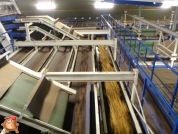
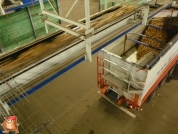
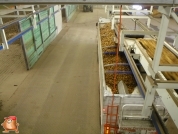
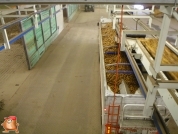
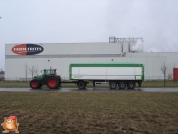
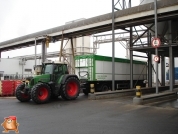
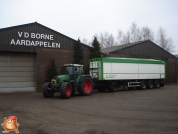
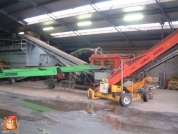
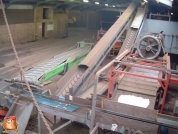
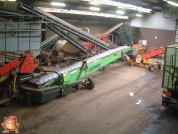
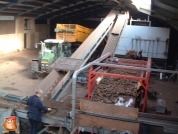
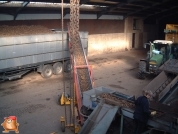
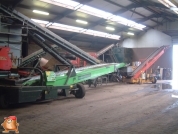
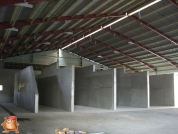
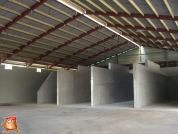
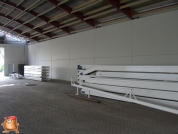
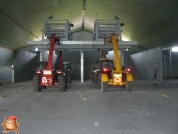
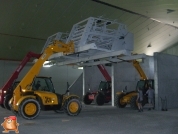
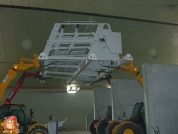
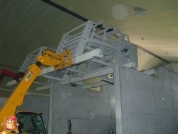
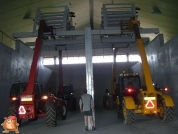
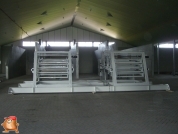
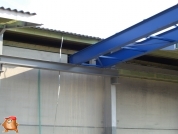
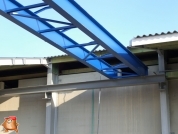
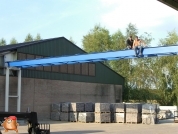
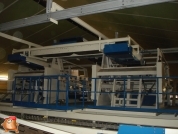
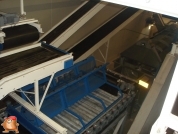
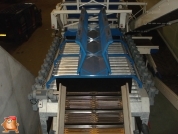
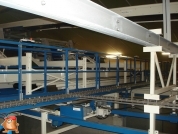
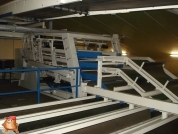
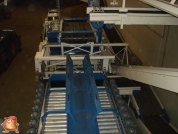
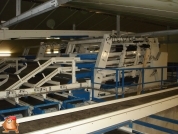
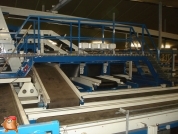
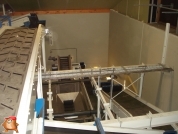
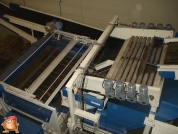
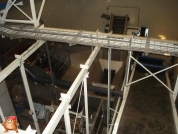
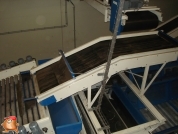
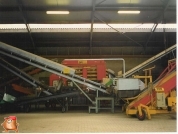
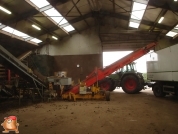
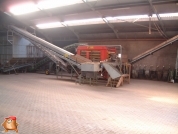
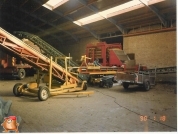
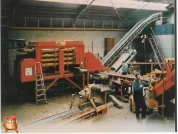
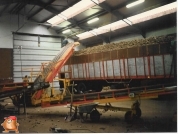


Social media
Bezoekers online: 16